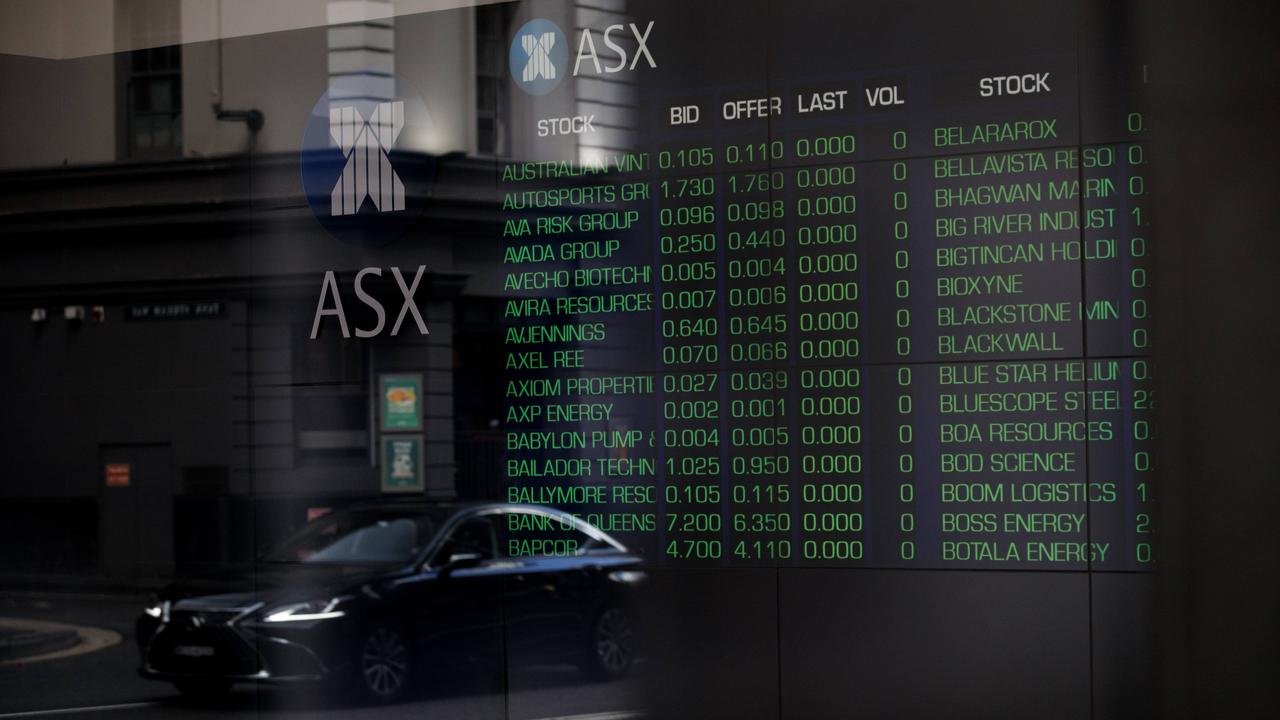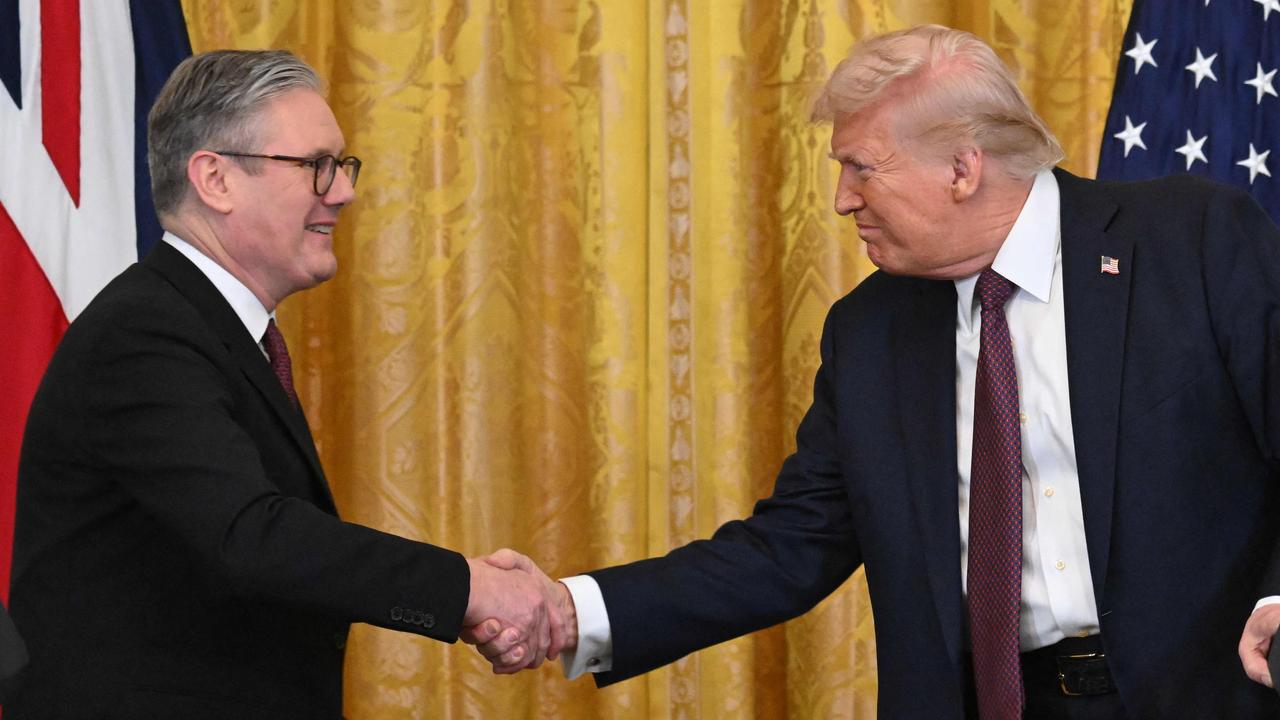RBA rate cut predictions firm following announcement
Homeowners desperate for some rate relief will need to wait until 2025, as the Reserve Bank of Australia held official interest rates for the ninth time in a row.
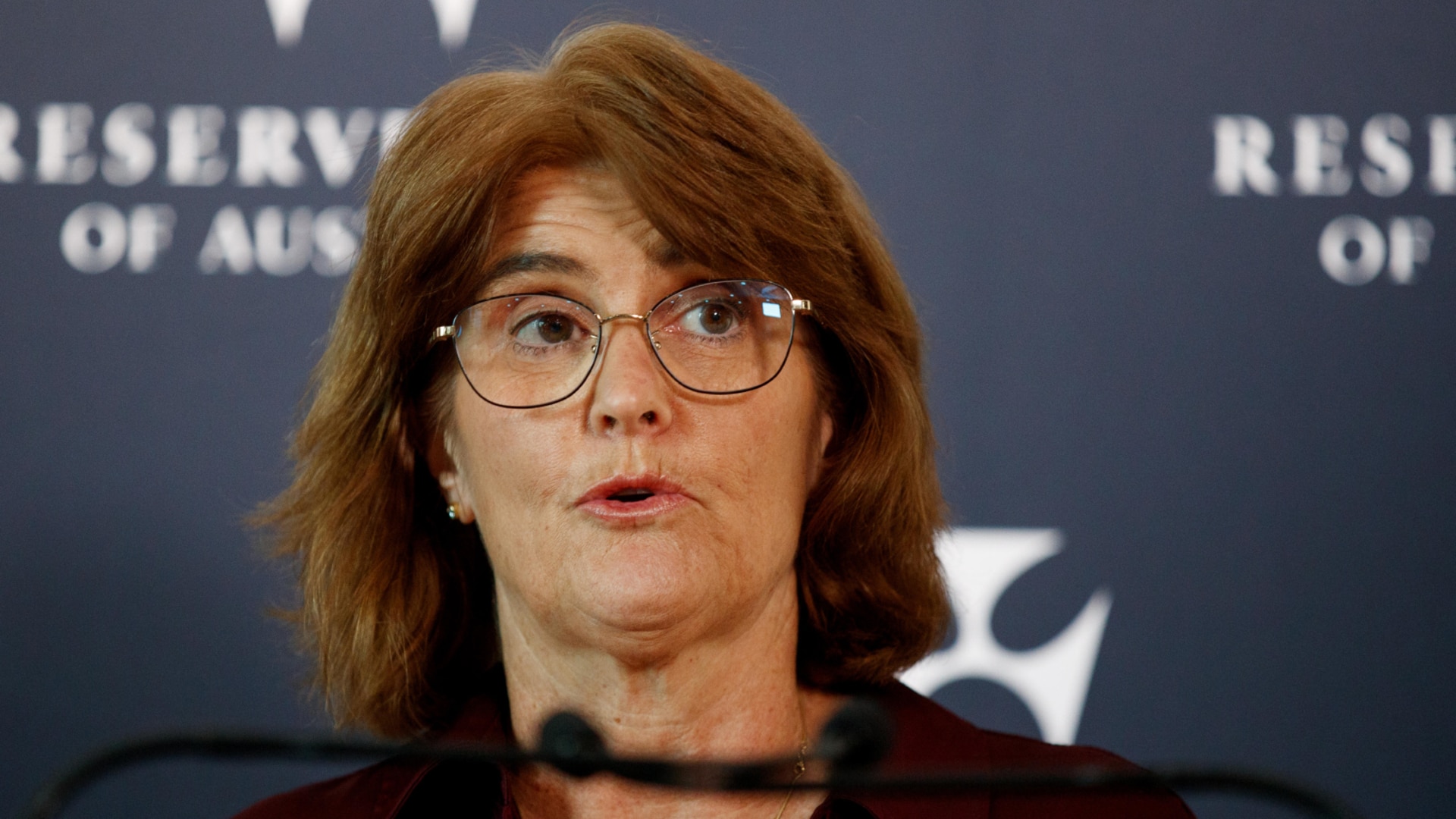
Interest Rates
Don't miss out on the headlines from Interest Rates. Followed categories will be added to My News.
Australia’s hopes of a pre-Christmas rate cut have been dashed, although home owners might be getting a rate cut sooner than expected.
The Reserve Bank has held the official cash rate at 4.35 per cent following its board meeting on Monday and Tuesday, flagging Australia’s trimmed mean inflation remains above its target range of 2 to 3 per cent.
The ninth consecutive hold was widely tipped by economists and market traders, with only 9 per cent of traders thinking a cut to 4.1 per cent would be made on Tuesday.
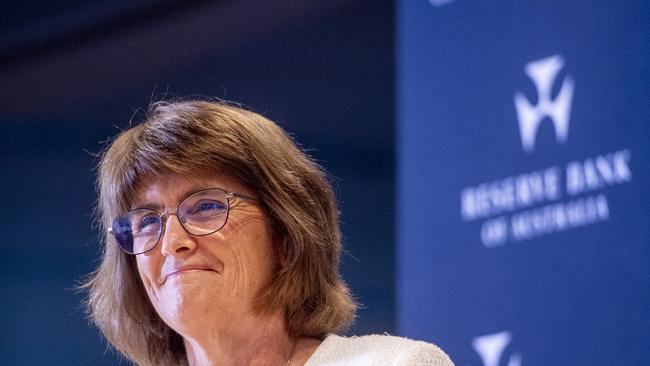
However, the RBA flagged its increasingly dovish approach, which could see a rate cut coming sooner than previous expectations of a May move down.
CBA chief economist Gareth Aird said Tuesday’s comments reaffirmed his views of an early rate cut in 2025, probably when the RBA board meets again on February 17-18.
“Our base case is for the RBA to commence normalising the cash rate in February 2025 with a 25 basis point interest rate cut,” Mr Aird said.
“We look for 100bp of easing over 2025 that would take the cash rate to 3.35 per cent.
“This is a touch below the RBA’s estimate of the nominal neutral cash rate, which is centred on a point estimate of 3.5 per cent.”
The money markets largely agreed with Capital.com seniorm financial market analyst Kyle Rodda saying markets are increasingly pricing in the chances of a rate cut in February.
“Governor Bullock emphasised the persistent imbalance between supply and demand in her press conference as an ongoing risk and wouldn’t be drawn into providing any policy guidance,” Mr Rodda said.
“The pricing is live but the markets are implying a roughly 69 per cent chance of a rate cut at the RBA’s first meeting of 2025, with a cut fully baked in by April next year.”
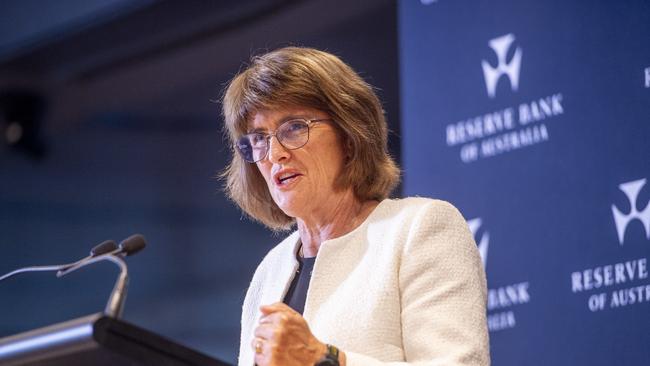
In a statement released after Tuesday’s announcement, the board flagged underlying inflation still remained too high.
“Inflation has fallen substantially since the peak in 2022, as higher interest rates have been working to bring aggregate demand and supply closer towards balance,” the board said.
“Measures of underlying inflation are around 3.5 per cent, which is still some way from the 2.5 per cent midpoint of the inflation target.”
The board said recent data on inflation and economic conditions are still consistent with these forecasts, but in welcome news for households took a more dovish hold.
The board drops its previous references to the “need to remain vigilant to upside risks to inflation” and that the Board was “not ruling anything in or out.”
AMP chief economist Shane Oliver said Australia’s underlying inflation remained above target, even though the headline figure fell to the bottom of the RBA’s target band.
“With underlying or trimmed mean inflation at 3.5 per cent year on year the RBA is in no hurry to cut rates so we pushed out our expected first rate cut to May,” he said.
“However, with inflation trending down and weaker than expected growth we think the RBA should cut earlier and there is still a high chance of a February cut.”
The RBA held Australia’s official cash rate higher, despite the overall economy slowing as the central bank looks to balance inflation without tipping the economy into a recession.
According to the latest GDP figures, Australia grew at just 0.3 per cent for the September quarter thanks largely to government infrastructure projects and energy rebates.
But households are largely spending less and business investment remains subdued, with GDP growing by negative 0.3 per cent on a per capita basis.
The largest detractor from growth was electricity and gas spending due to the implementation of the energy bill relief rebates. These rebates are treated as a shift from household to government expenditure in the national accounts.

RBA responsible for higher rates
The Reserve Bank failing to act quickly when inflation spiked in 2021 is the reason interest rates remain higher today, new analysis has shown.
The RBA held Australia’s official cash rate at 4.35 per cent after December’s meeting, with the next opportunity to cut rates not until February 2024.
According to the KPMG Inflation Pressure Gauge, a slow moving RBA was the culprit, as it was unable to remove excess demand from big spending packages including JobKeeper and Home Builder, in a post-Covid environment.
KPMG found that demand factors contributed an average of 1.8 percentage points towards annual headline inflation during the period between June quarter 2021 and March quarter 2022, making it responsible for just under half of the inflation generated in the four quarters preceding the cycle of contractionary monetary policy.
KPMG chief economist Brendan Rynne said the overstimulation in the economy through excessively accommodative fiscal and monetary policy, which Aussies are still paying for today.
“If the RBA had acted sooner and raised the cash rate in early-to-mid 2021 the Australian economy would have likely experienced a quicker return of inflation to target levels, thereby lessening the financial burdens currently being experienced by consumers and businesses,” he said.
“Further, by tightening monetary policy sooner – justified through the rise in demand-driven inflation – the RBA would now be in a position to start lowering the cash rate, thereby supporting the current weak levels of economic growth.”
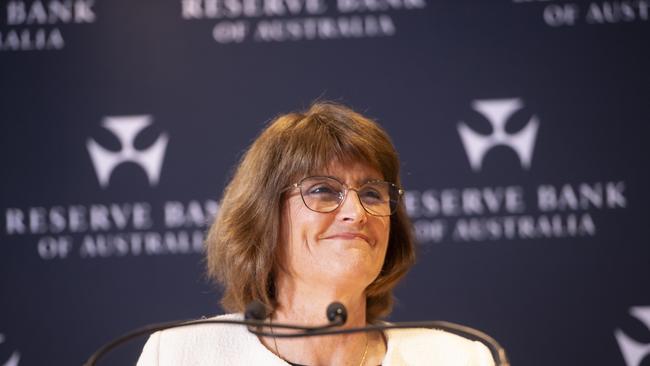
Simple rates act costing Aussies $6k a year
Aussie mortgage holders on average are $6000 worse off, even though the Reserve Bank has left interest rates unchanged over the last year.
Fresh figures released by RateCity shows the average borrower who continued to repay their loan without refinancing to a better rate would be $6000 worse off in the 12 months until November 2024.
The Reserve Bank of Australia has held Australia’s official cash rate at 4.35 per cent, since November 2023.
According to RateCity, the average borrower with a $500,000 loan a year ago will have paid an estimated $35,308 interest on their home loan in the last 12 months between December 2023 and November 2024.
However, if they had refinanced one year ago, their interest bill would have been $29,708 in that time – a saving of $5600.
RateCity.com.au money editor, Laine Gordon, said with rates likely to remain on hold for the next five months, borrowers should seek out rate relief for themselves over the holiday period. They said there are around 40 lenders offering variable home loan rates under 6 per cent.
“Even if you didn’t get around to switching last year, all is not lost. Refinancing now could still save you almost $10,000 in interest over the next two years if you switch to a rate under 6 per cent.”
“For borrowers with bigger loans in Sydney and Melbourne those savings could be closer to $20,000.”
RateCity’s data comes as the RBA is largely expected to keep rates on hold during December’s meeting at 4.35 per cent for the ninth straight meeting due to persistently high inflation.
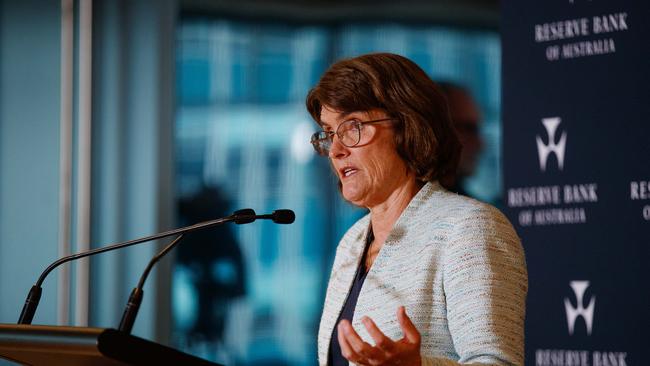
Only 9 per cent of traders think a cut to 4.1 per cent will be made on Tuesday.
These traders say there are seemingly too few workers to fill jobs in the wider economy for the Reserve Bank to pull the trigger on a cut just yet. Australian businesses can’t make or sell enough products or provide enough services to grow and increase wages.
IG’s market analyst Tony Sycamore said in welcome news for mortgage holders, Australia’s weak GDP figures last week will likely take on a more dovish tone.
“This change is expected to be evident in the Q&A session, where RBA Governor Bullock may drop prior assurances against near-term rate cuts,” he said.
“Instead, she might suggest that the February cash rate decision will hinge on forthcoming inflation data and revised staff forecasts, paving the way for a potential rate cut in February.”
The interest rate market currently assigns a 43 per cent probability to a 25-basis point rate cut by the RBA in February and a 100 per cent probability to a 25-basis point rate cut from the RBA in April.
Originally published as RBA rate cut predictions firm following announcement

